[ez-toc]
Hip tightness and pelvic pain can significantly impact daily life, hindering mobility and causing discomfort.
Whether it’s due to prolonged sitting, physical activity, or underlying conditions, incorporating hip opener stretches into your routine can help alleviate pelvic pain and enhance overall hip mobility.
In this article, we will explore a series of hip opener stretches specifically designed to provide relief from pelvic pain and promote greater flexibility.
By regularly performing these stretches, you can enhance your comfort, reduce tension, and improve your quality of life.
Introduction
Pelvic pain and hip tightness can significantly impact mobility and daily activities. Incorporating hip opener stretches into your routine can help alleviate pain, reduce tension, and enhance hip flexibility.
These stretches target the muscles around the hips, including the hip flexors, glutes, and adductors, promoting greater comfort and mobility.
Understanding Pelvic Pain and Hip Tightness
Pelvic pain can arise from various factors, including muscle imbalances, inflammation, or underlying medical conditions.
Hip tightness often accompanies pelvic pain, as the muscles around the hips and pelvis become tense and restricted. These issues can limit mobility, cause discomfort, and affect overall well-being.
Benefits of Hip Opener Stretches
Regularly performing hip opener stretches offers numerous benefits:
- Relieves pelvic pain and discomfort
- Enhances flexibility and range of motion in the hips
- Reduces muscle tension and tightness
- Improves posture and alignment
- Promotes overall hip and pelvic health
By incorporating these stretches into your routine, you can experience greater comfort, increased mobility, and improved quality of life.
Precautions Before Starting
Before you begin your hip opener stretches, consider the following precautions:
- Warm up your body with light movements or a brief walk to prepare your muscles for stretching.
- Listen to your body and avoid pushing beyond your comfort level. Stretching should be gentle and never painful.
- Breathe deeply and consciously throughout each stretch to promote relaxation.
- If you have any existing medical conditions or injuries, consult with a healthcare professional before starting a new stretching routine.
Hip Flexor Stretch
Kneeling Hip Flexor Stretch
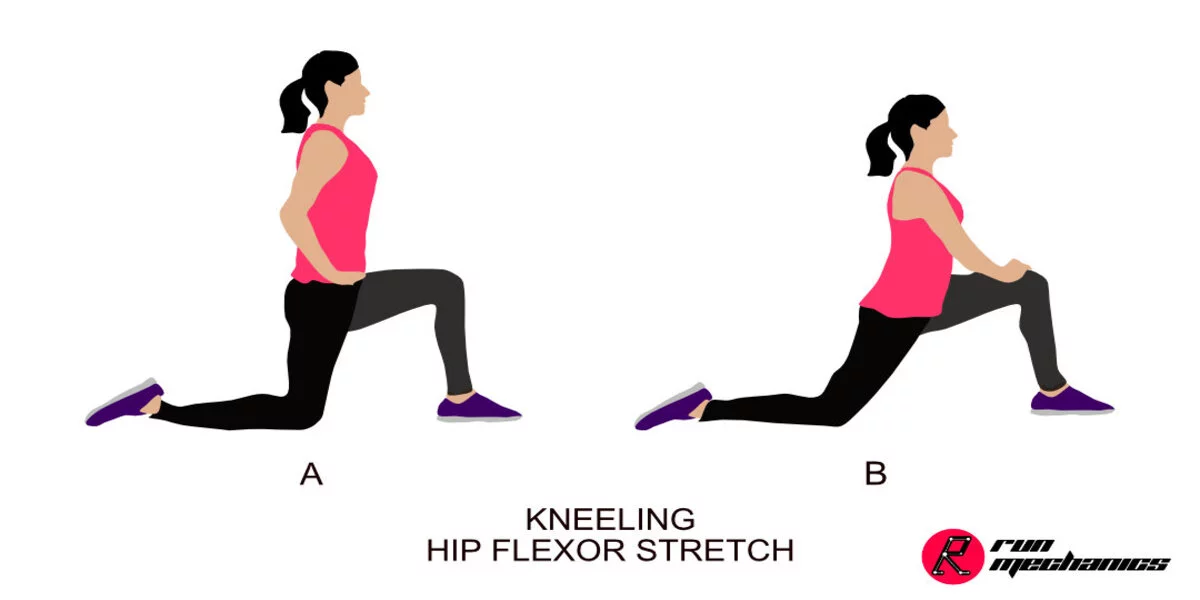
Start in a kneeling position with one knee on the ground and the other foot planted firmly in front of you. Keep your back straight and gently push your hips forward, feeling the stretch in the front of your kneeling leg.
Also Read: Banish Foot Pain: Essential & Best Stretches for Happy Feet
Hold the stretch for 15-30 seconds and then switch sides. Repeat the stretch 2-3 times on each side.
Standing Hip Flexor Stretch
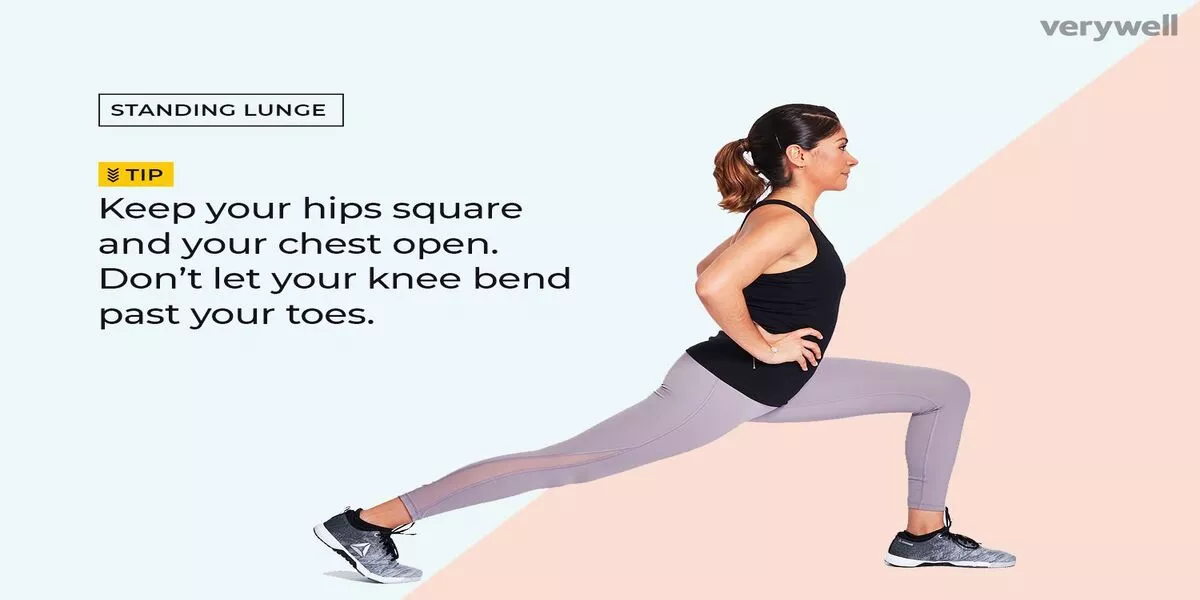
Stand with one foot in front of the other, maintaining a hip-width distance between your feet. Take a step forward with one leg and slightly bend both knees.
Keeping your back straight, gently push your hips forward until you feel a stretch in the front of your back leg. Hold the stretch for 15-30 seconds and then switch sides. Repeat the stretch 2-3 times on each side.
Pigeon Pose
Pigeon Pose – Seated Modification
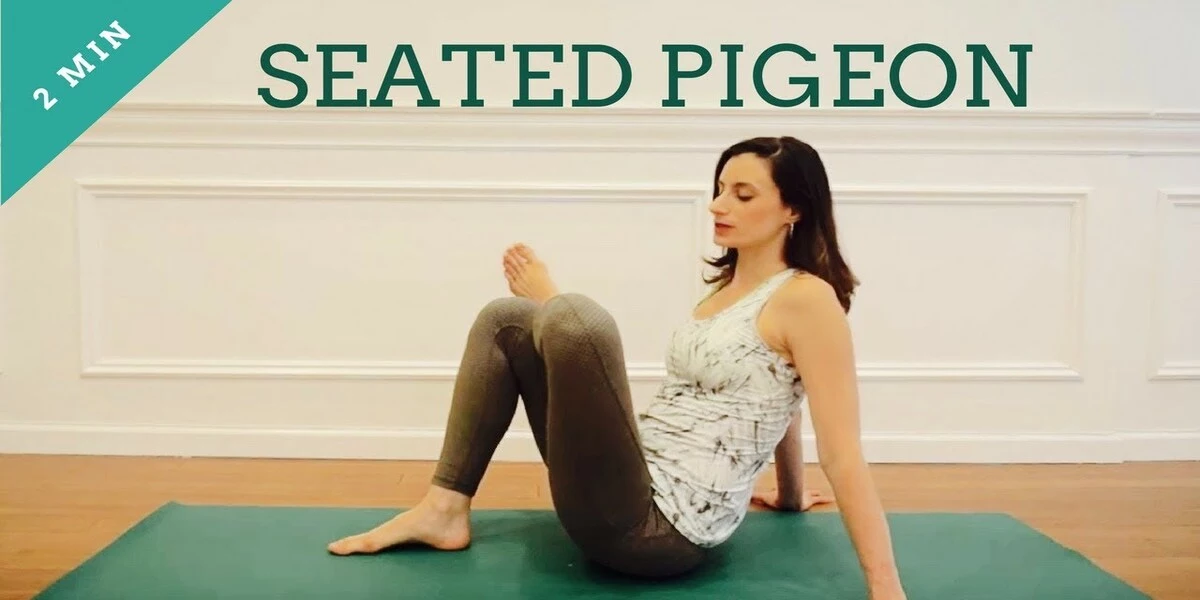
Sit on the edge of a mat or cushion. Bend one knee and place the shin parallel to the front edge of the mat. Extend the opposite leg straight back.
Slowly lean forward, walking your hands forward on the mat, and rest your forearms or forehead on the mat. Hold the stretch for 15-30 seconds and then switch sides. Repeat the stretch 2-3 times on each side.
Pigeon Pose – Advanced Variation
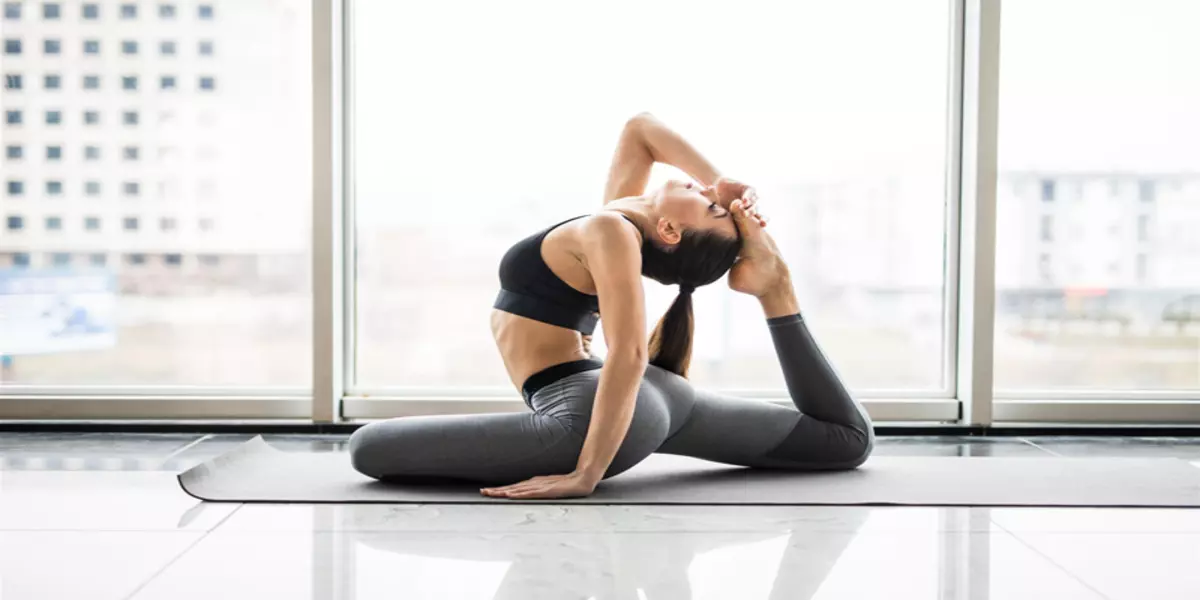
Start in a high plank position. Bring one knee forward, placing it behind the corresponding wrist. Extend the opposite leg straight back.
Slowly lower your body down, resting on the outside of your bent leg. You can choose to support your upper body with your hands or forearms.
Hold the stretch for 15-30 seconds and then switch sides. Repeat the stretch 2-3 times on each side.
Butterfly Stretch
Seated Butterfly Stretch
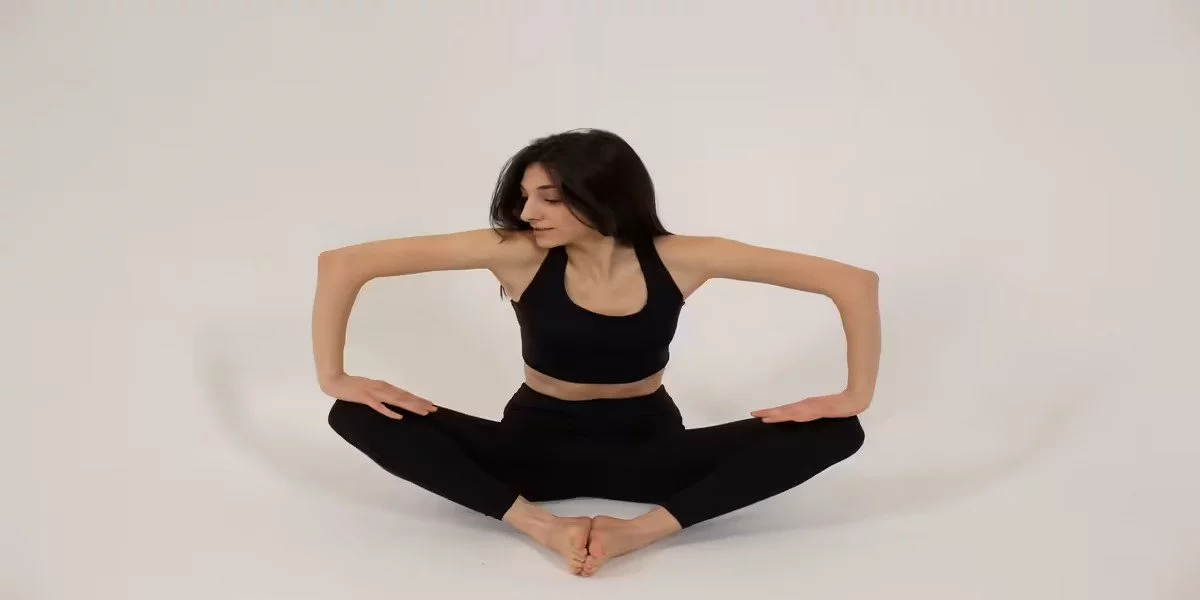
Sit on the floor and bring the soles of your feet together, allowing your knees to open out to the sides. Hold onto your ankles or feet.
Keeping your back straight, gently press your knees toward the floor. Feel the stretch in your inner thighs and hips. Hold the stretch for 15-30 seconds, focusing on deep breathing, and then release.
Supine Butterfly Stretch
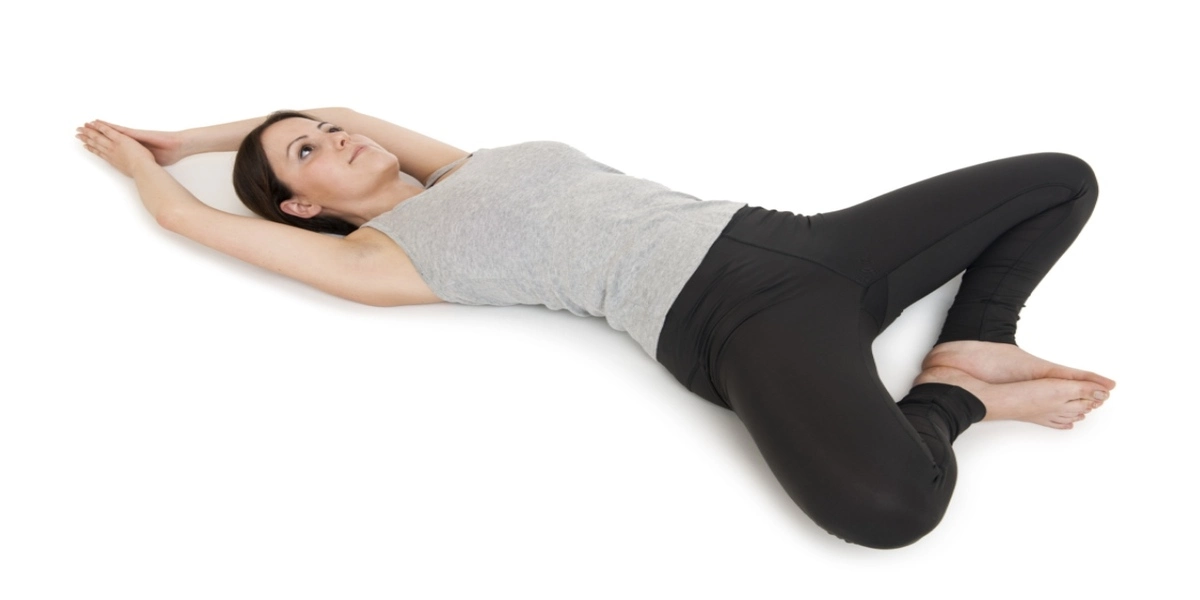
Lie on your back with your knees bent and feet together. Allow your knees to open out to the sides, creating a butterfly shape with your legs.
Rest your hands on your abdomen or reach for your ankles. Relax and let gravity gently open your hips. Hold the stretch for 15-30 seconds, focusing on deep breathing and relaxation.
Happy Baby Pose
Half Happy Baby Pose
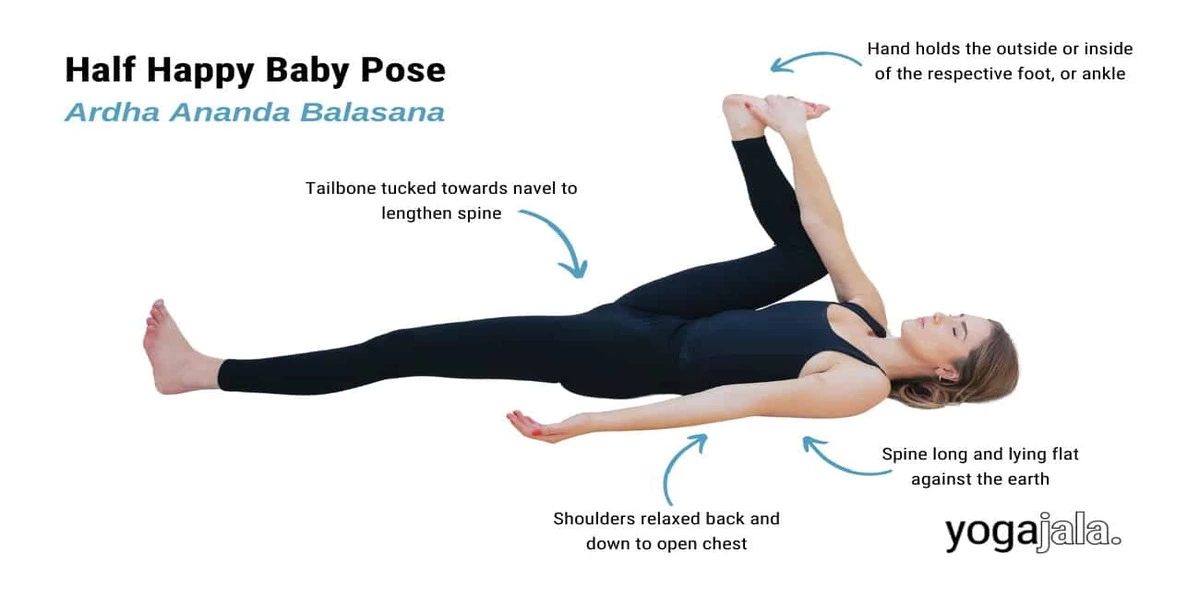
Lie on your back and bring your knees toward your chest. Extend one leg upward, holding onto the sole of your foot or ankle. Keep your other leg bent with the foot on the ground.
Gently pull your extended leg toward your chest, feeling the stretch in your hip and groin area. Hold the stretch for 15-30 seconds and then switch sides. Repeat the stretch 2-3 times on each side.
Full Happy Baby Pose
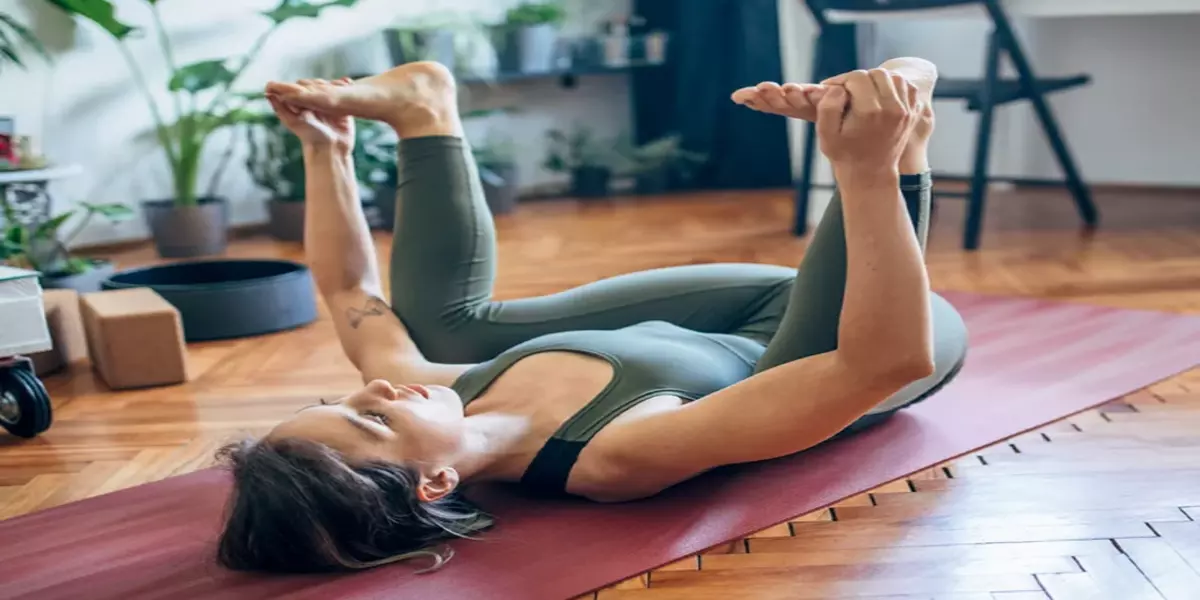
Lie on your back and bring your knees toward your chest. Grab the outer edges of your feet with your hands. Open your knees wider than your torso and gently pull your feet downward, bringing your knees toward your armpits.
Feel the stretch in your hips and groin area. Hold the stretch for 15-30 seconds, focusing on deep breathing and relaxation.
Incorporating Hip Opener Stretches into Your Routine
To make the most of these hip opener stretches and promote pelvic pain relief, consider the following tips:
- Perform these stretches at least 2-3 times per week, or as needed.
- Find a quiet and comfortable space to practice your stretches.
- Combine the stretches with deep breathing and relaxation techniques.
- Listen to your body and modify the stretches as needed to suit your comfort level.
- Consistency is key! Regular practice will yield the best results.
Conclusion
Hip opener stretches can provide relief from pelvic pain and enhance overall hip mobility. By incorporating these stretches into your routine, you can improve comfort, reduce tension, and promote better mobility in the hip and pelvic area.
Remember to listen to your body, practice regularly, and consult with a healthcare professional if you have any concerns.



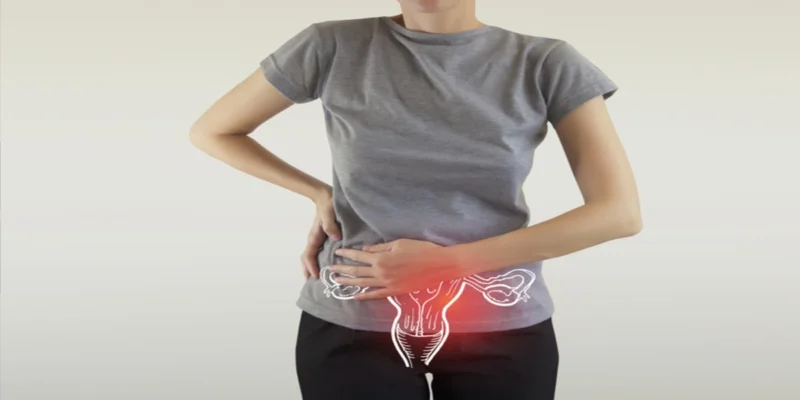
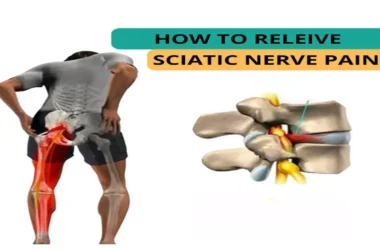
Do you have anything to help heal/ cure/ relieve hemorrhoids, gallstones/ hiatal hernia?
Thanks 🙏 very much
Please Visit: Hiatal Hernia: What It Is, Symptoms, Treatment & Surgery